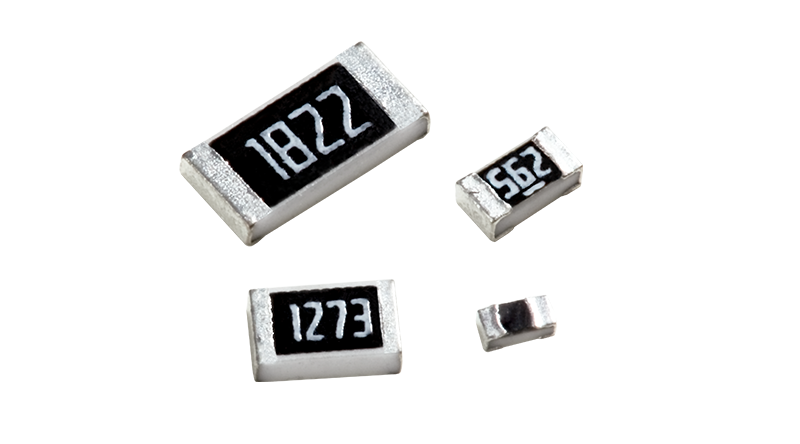Resistors are essential components in electronic products and have a wide range of applications. Without resistors, electronic products would not exist today. Since resistors are so important, we must understand their functions and roles. Reasonable application of resistors can help ensure the stability and reliability of products.

Resistors are widely used in circuit design, and the following are some specific application examples:
1. Current limiting function:
-Resistors can be used to limit the current passing through a circuit and protect other components in the circuit from the impact of excessive current. For example, in LED circuits, a resistor is usually connected in series to limit the current flowing through the LED and prevent damage due to overcurrent.
2. Voltage reduction function:
Resistors can reduce the voltage in a circuit by reducing the voltage drop generated by their own resistance value, making them suitable for the working requirements of different components.
3. Voltage divider function:
In a series circuit, resistors can distribute the input voltage to different parts of the circuit in a certain proportion, achieving voltage division. For example, using two resistors in series to obtain a 5V operating voltage from a 12V power supply.
4. Bias effect:
In amplification circuits, resistors are used to set the bias point of transistors or other active components, ensuring that they operate at a predetermined current or voltage level.
5. Load function:
Resistors can serve as loads in circuits, consuming electrical energy and converting it into heat or other forms of energy.
6. Impedance matching:
-Resistors can be used to match the impedance between different components, thereby improving the stability and efficiency of circuits.
7. Filtering function:
Resistors can be combined with capacitors to form RC filters, which are used to filter out high-frequency noise or interference signals in circuits.
8. Protection circuit:
Resistors can also play a protective role in circuits, such as preventing component damage caused by excessive current or preventing circuit breakdown caused by high voltage.
9. Feedback function:
In amplifiers and other feedback circuits, resistors participate in establishing negative feedback paths, stabilizing amplification factors, and improving circuit performance.
10. Temperature compensation:
Thermistors and other special resistors can have resistance values that change with temperature, and are used for temperature compensation or control circuits.
11. Detection and Sensing:
Resistors can be used to detect current or voltage in circuits, such as measuring voltage as part of a voltage divider.
12. Control and regulation:
Variable resistors (such as potentiometers) allow users to manually adjust circuit parameters, such as volume control or brightness adjustment.
13. Special applications:
Resistors with special properties such as photoresistors and thermistors can change their resistance values when light or temperature changes, and are used in automatic control or sensing systems.
These applications demonstrate the diversity and importance of resistors in circuit design, as they are an indispensable component of electronic circuits.

